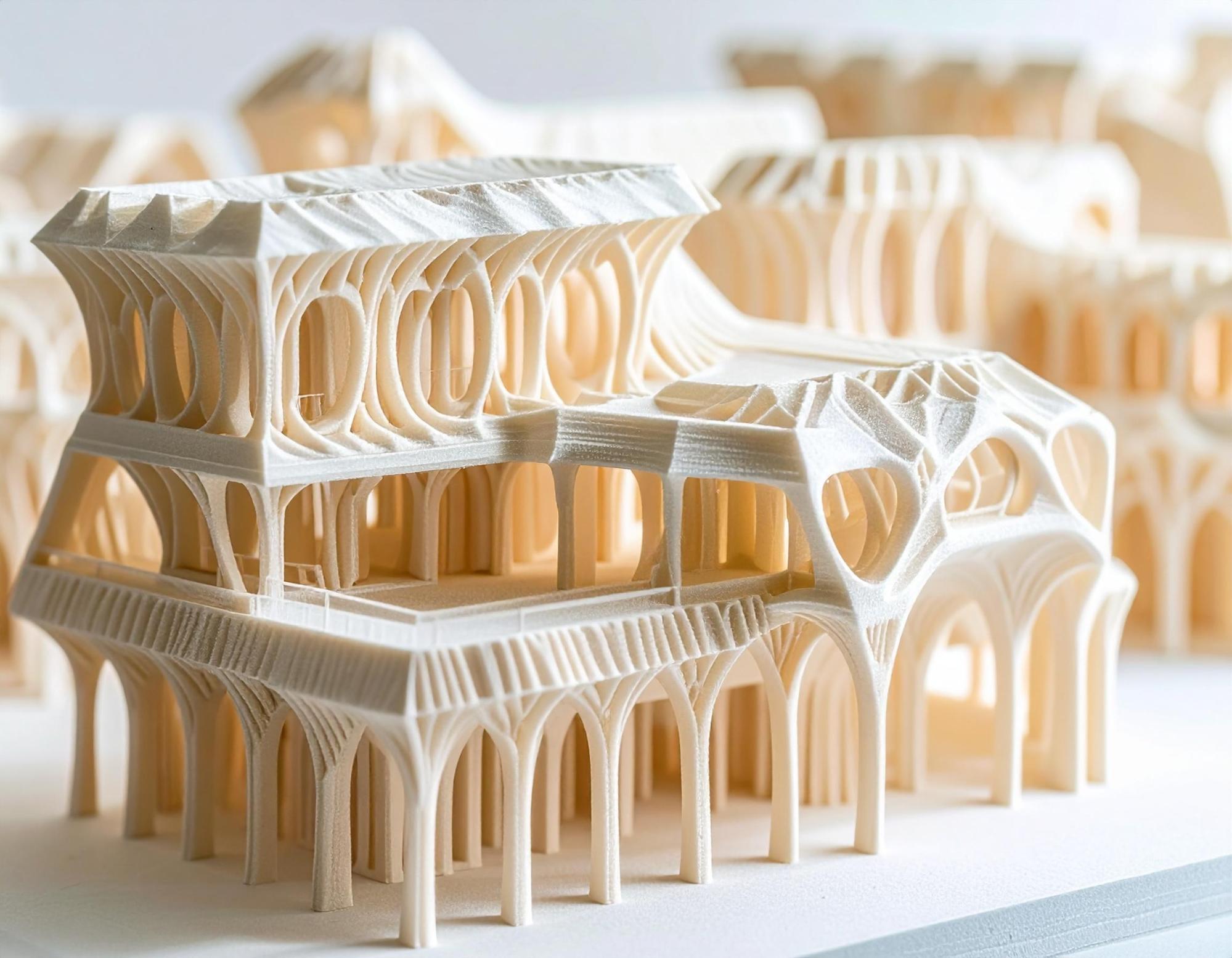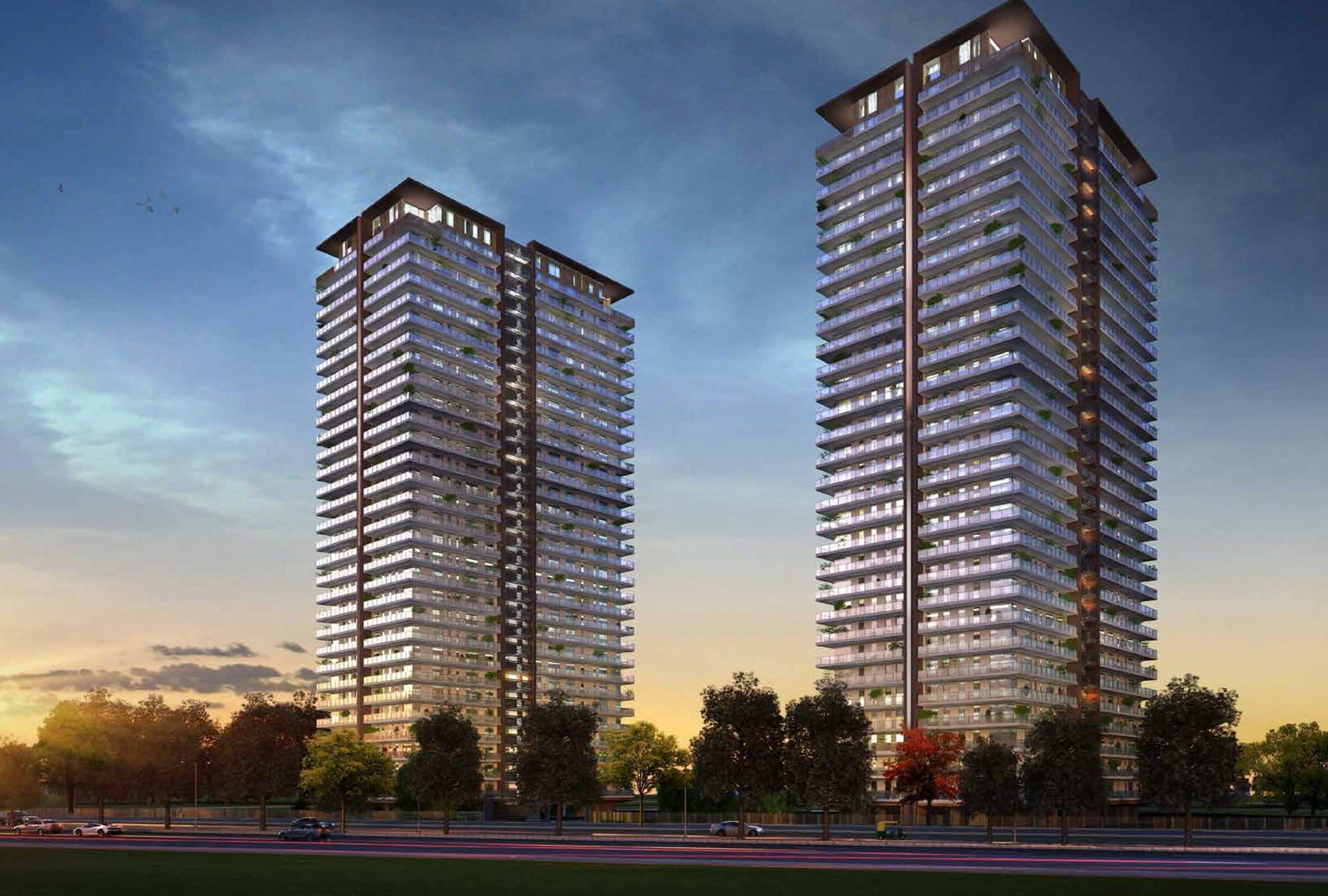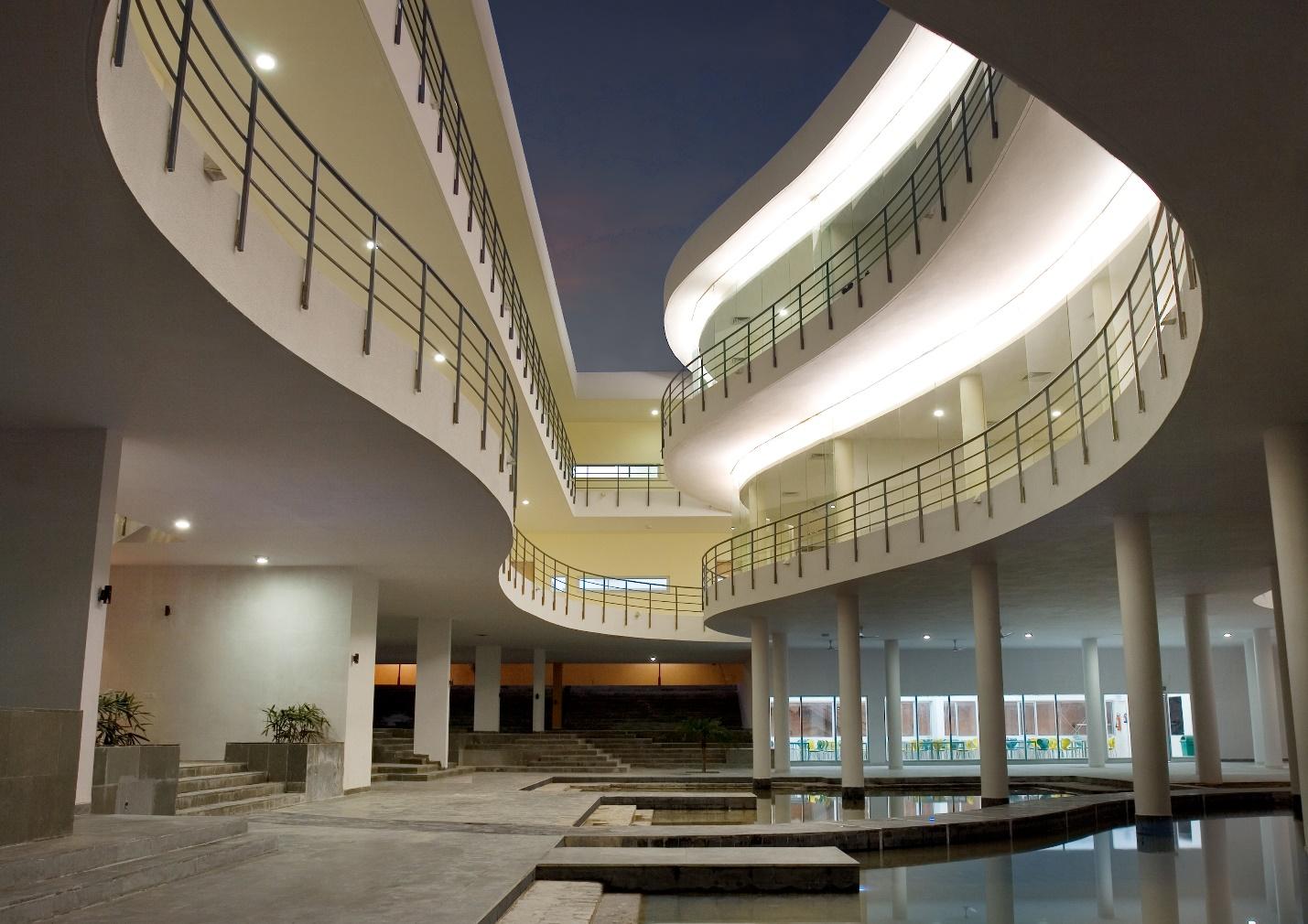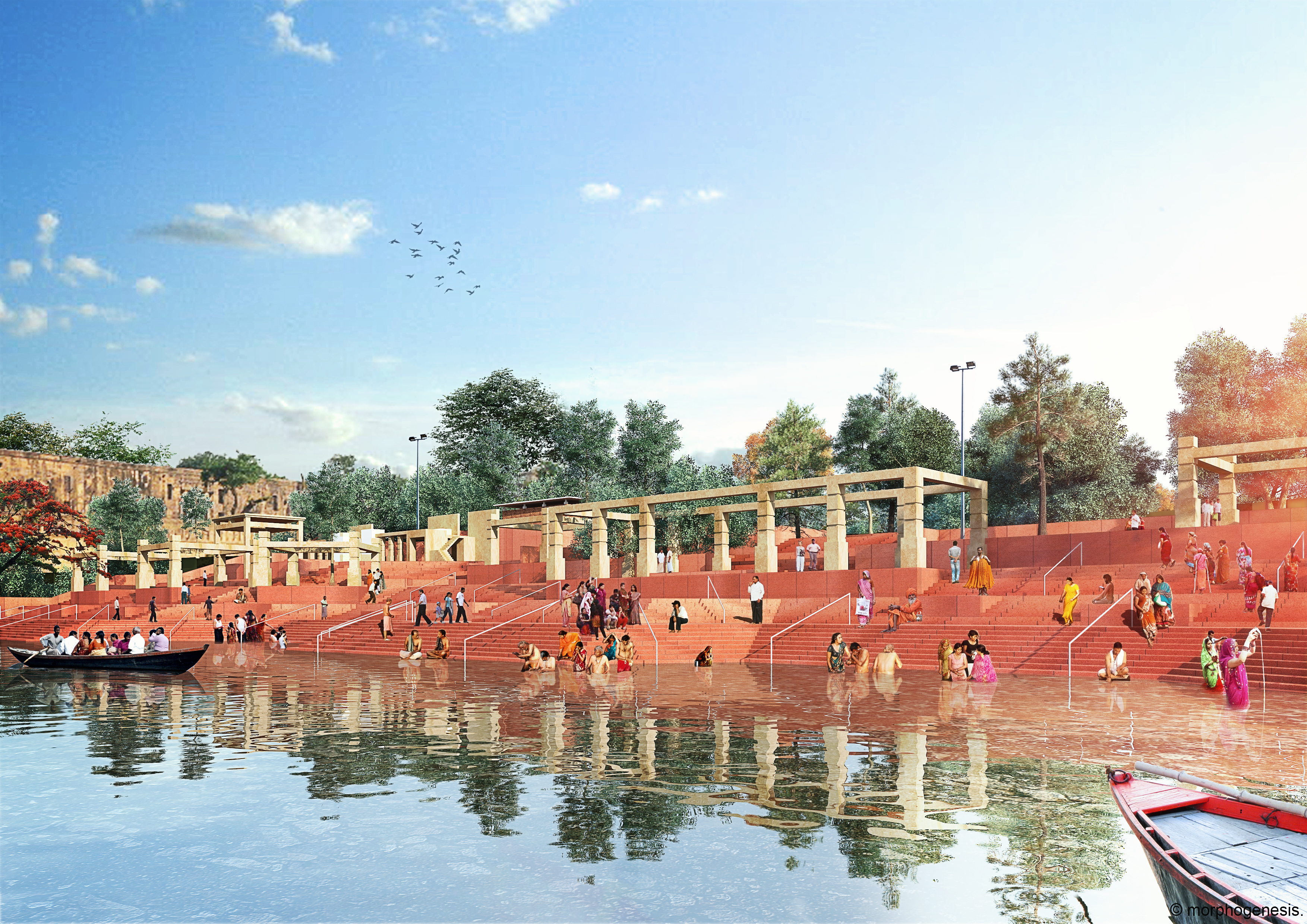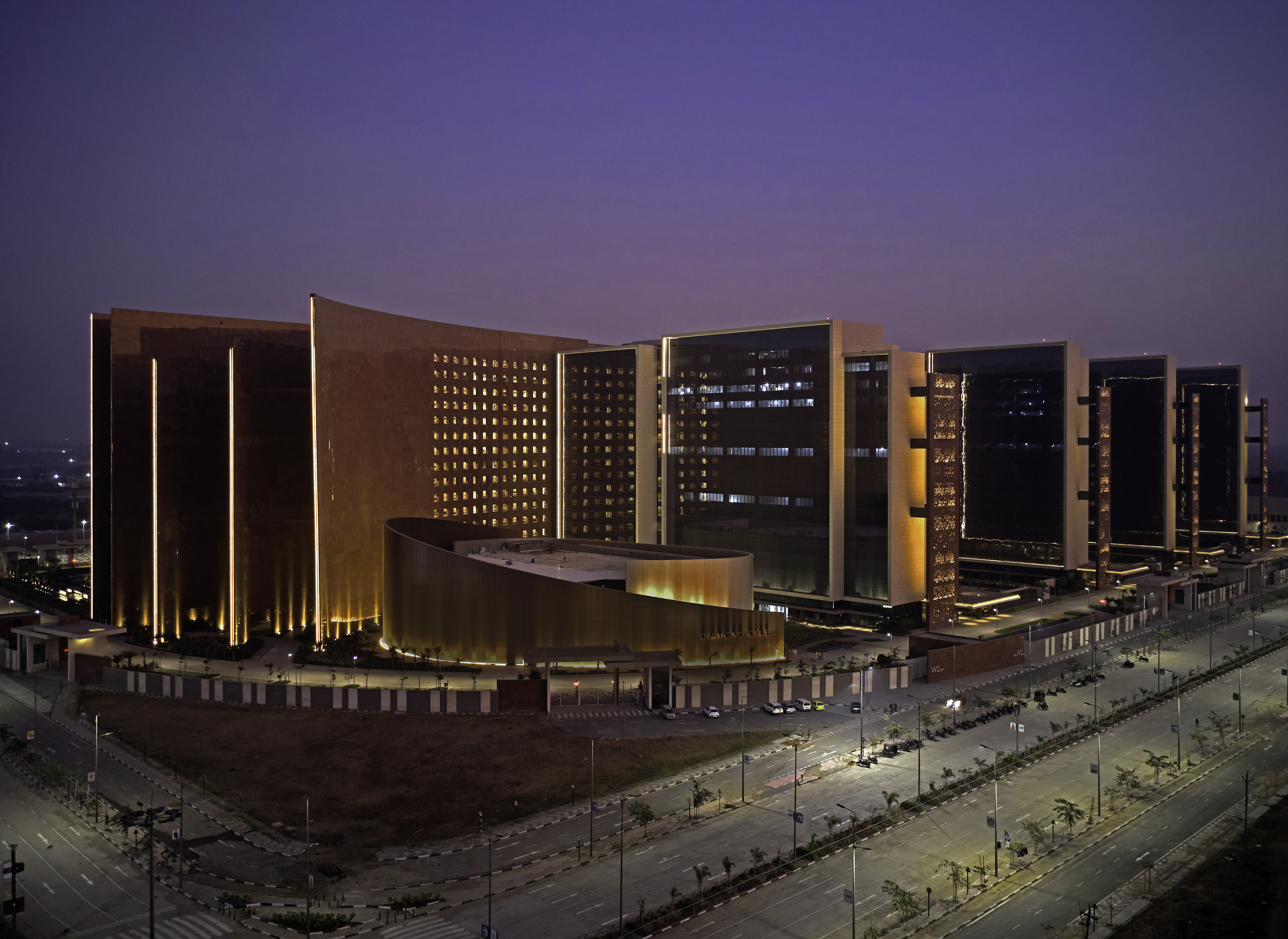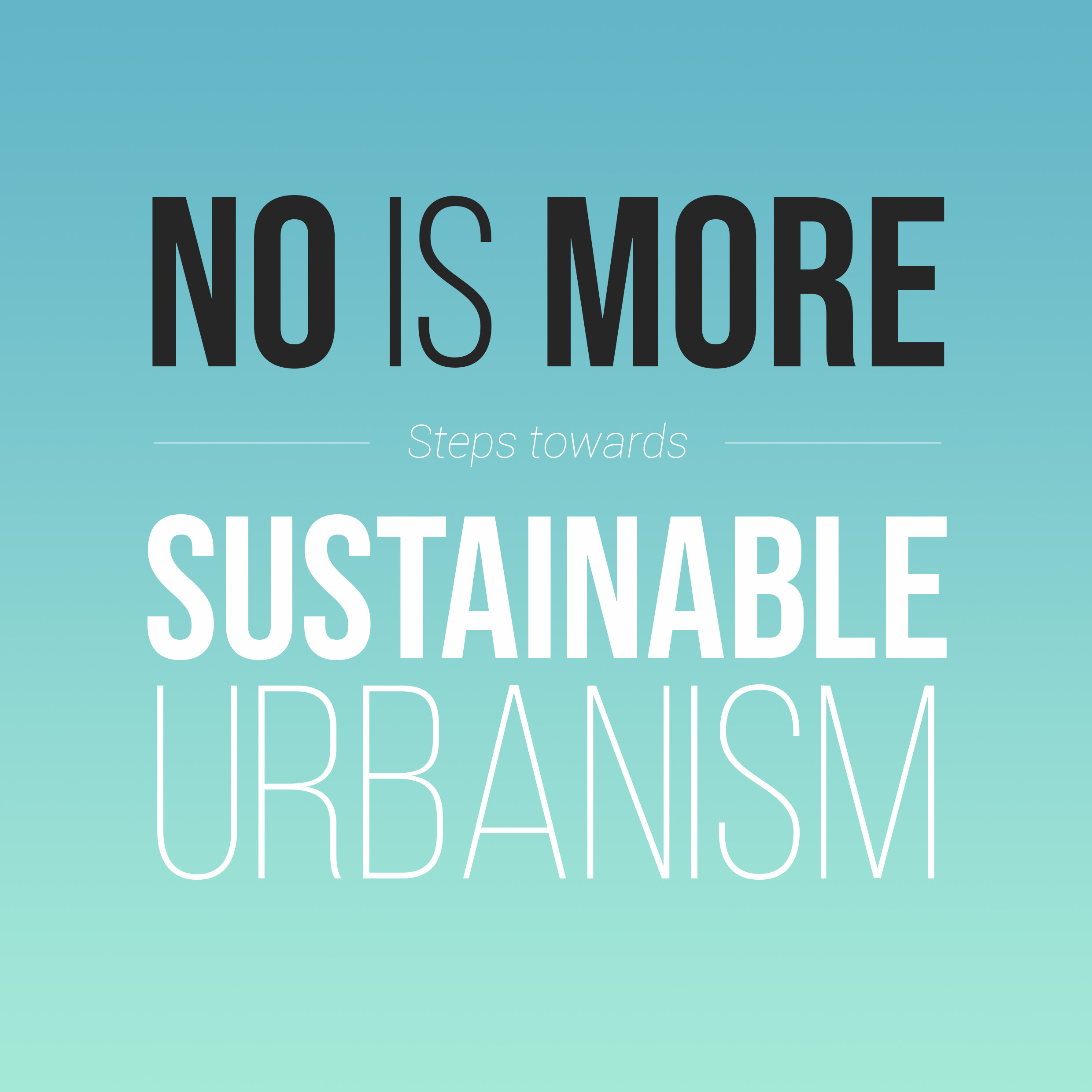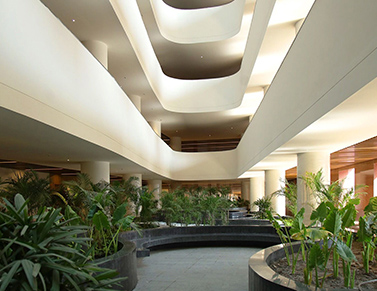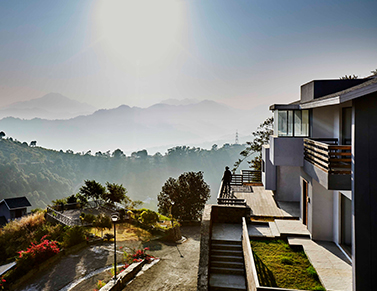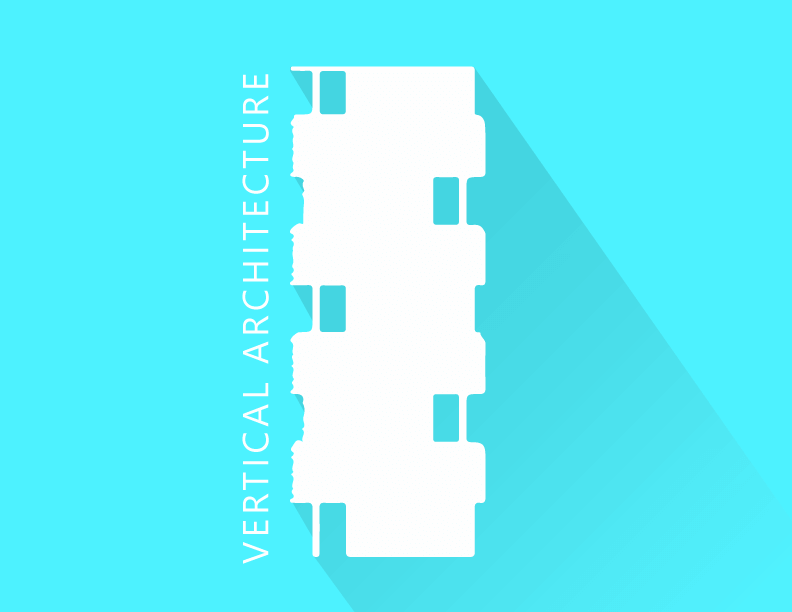K Raheja Commercial Development, Hyderabad; Image credits: Paul Raftery
A successful architectural project hinges on more than aesthetics, especially if it has commercial underpinnings. Commercial architecture demands meticulous planning, efficient resource allocation, and a thorough understanding of the building codes and regulations. While some may consider it as an added expense, partnering with a commercial architect can ultimately help you craft an enduring legacy, a business landmark that shapes the cityscape around it.
At Morphogenesis, we understand the importance of brand equity, target audience, and operational needs, which allows us to create spaces that not only reflect your business values but also optimize for functionality and efficiency. In this blog, we understand the principal requirements of commercial architectural projects and how architects and architectural firms contribute to it beyond the blueprints.
Giving shape to your ideas
A good design is not just about aesthetics; it’s about creating spaces that are both beautiful and purposeful. Every project begins with an idea. Architects are responsible for taking that idea and giving it a form and function. This process begins with active listening and communication to understand a brand’s company culture, identity, and the desired user experience. Moreover, architects are adept with anticipating future growth and adaptability to devise spaces that can evolve with the changing needs of the business.

Office for C&C Construction by Morphogenesis; Image credits: Andre J Fanthome
Balancing Aesthetics, Efficiency, and Sustainability
Once the ideas are fully formed and a vision is set in stone, the next step is to translate the aspiration into a tangible design. This process is a delicate process between balancing functionality, efficiency, sustainability, and aesthetic appeal. It’s another reason why one requires the expertise of professional architects. They can guide you in creating designs that enhance the overall value and performance of the building in ways you never thought were possible.
-
Space Utilization
Architects know how to ensure efficient flow of traffic, adjust departmental adjacencies, devise circulation patterns, and plan for future growth. This knowledge ultimately helps you in maximizing the usable square footage of your building without compromising on the aesthetics.
-
Embodying Energy Efficiency
Passive design strategies, like maximizing natural light and ventilation, and using energy-efficient systems and materials, go far beyond just installing solar panels on the roof. But to incorporate energy efficiency as a building block, one would require the expertise of a professional architect.
-
Leveraging Smart Technology
From automated lighting and climate control systems to advanced security and monitoring, architectural expertise can help in integrating these technological features inside an aesthetic framework. Moreover, with smart technologies advancing at pace with the digital revolution of the 21st century, one needs to plan digital interactions for employees and visitors on the premises. It is best, therefore, to assign these tasks to a professional.
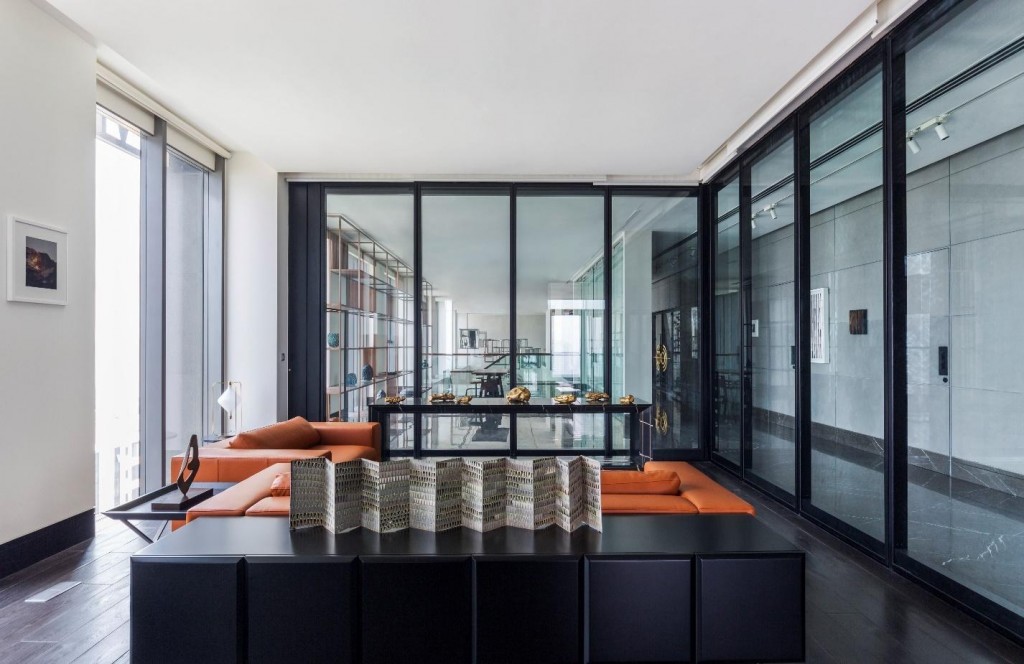
J M Baxi Corporate Tower by Morphogenesis; Image credits: Suryan & Dang
-
Introducing Spatial Wellness
Today, occupants prefer spaces that prioritise and promote their health, comfort and productivity. This includes incorporating biophilic design principles, optimizing acoustics, and enabling natural light and views in the interior spaces. Creating designs that enhance employee wellness, boost indoor environment, and collaboration can be achieved under the guidance of a commercial architect.
-
Incorporating Sustainability
Another important aspect of creating a sustainable building design is the material selection, construction methods, and the design elements that can influence passive strategies – such as jaalis, jharokhas, aangans etc. These features inspire the exploration of renewable energy integration and water conservation, both of which have become essential criteria for any modern commercial project.
Collaborating with Typology Experts
Architects don’t work in isolation but rather, through a collaborative effort, partner with a diverse range of domain experts throughout the conceptual, design and construction and handing over processes. This integrated approach is a meticulous procedure, involving great care and patience.
Architects closely work with structural engineers, MEP (mechanical, electrical, and plumbing) professionals, landscape architects, interior designers, contractors and construction managers for each project. Beyond this, a project might require engagement with specialized consultants such as acoustics experts, lighting designers, and sustainability consultants. This is another key reason for hiring a commercial architect for a project.
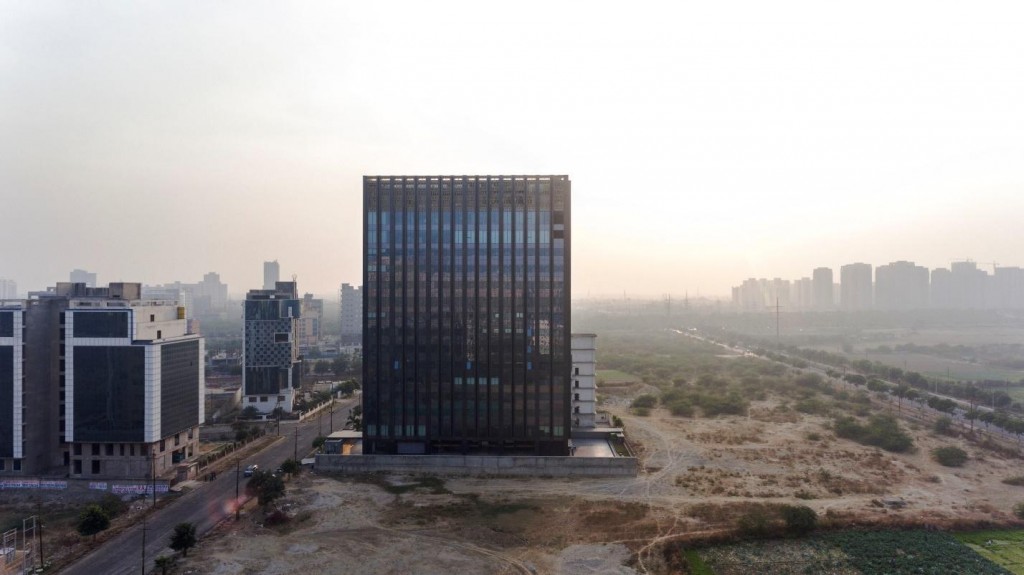
J M Baxi Corporate Tower by Morphogenesis; Image credits: Suryan & Dang
From Vision to Reality
Besides architectural guidance, an architect or an architectural firm also offers project management from start to finish, ensuring a seamless transition from blueprint to reality.
For instance, at Morphogenesis, we meticulously monitor the construction progress, ensuring adherence to the approved plans, specifications, and the agreed-upon timeline. Our aim is to ensure that projects are delivered on-time, within budget, and to the highest standards of quality and craftsmanship. Our team proactively addresses any challenges that may arise, coordinating with contractors and stakeholders to find swift and effective solutions.

International Tech Park Chennai, Radial Road by Morphogenesis; Image credits: Paul Raftery
Concluding thoughts
The journey from envisioning a commercial space to its tangible realization is complex and multifaceted, demanding expertise that extends far beyond mere aesthetics. Partnering with a commercial architect gives you not just a well-designed building, but a smart, functional space that reflects your brand, supports sustainability, and boosts your business.
Investing in a commercial architect is an investment in the future of your business, a future marked by efficiency, innovation, and enduring success.









